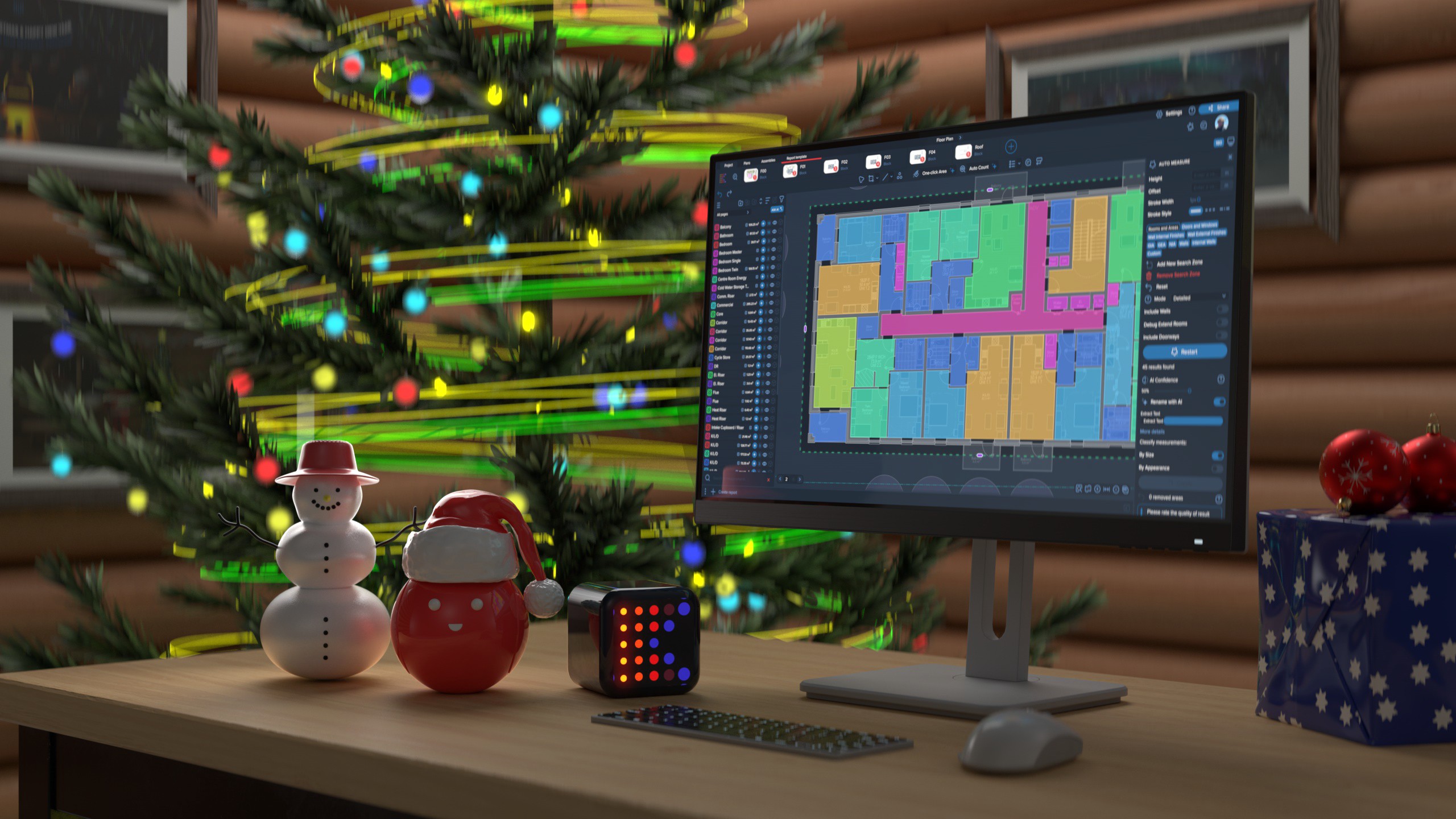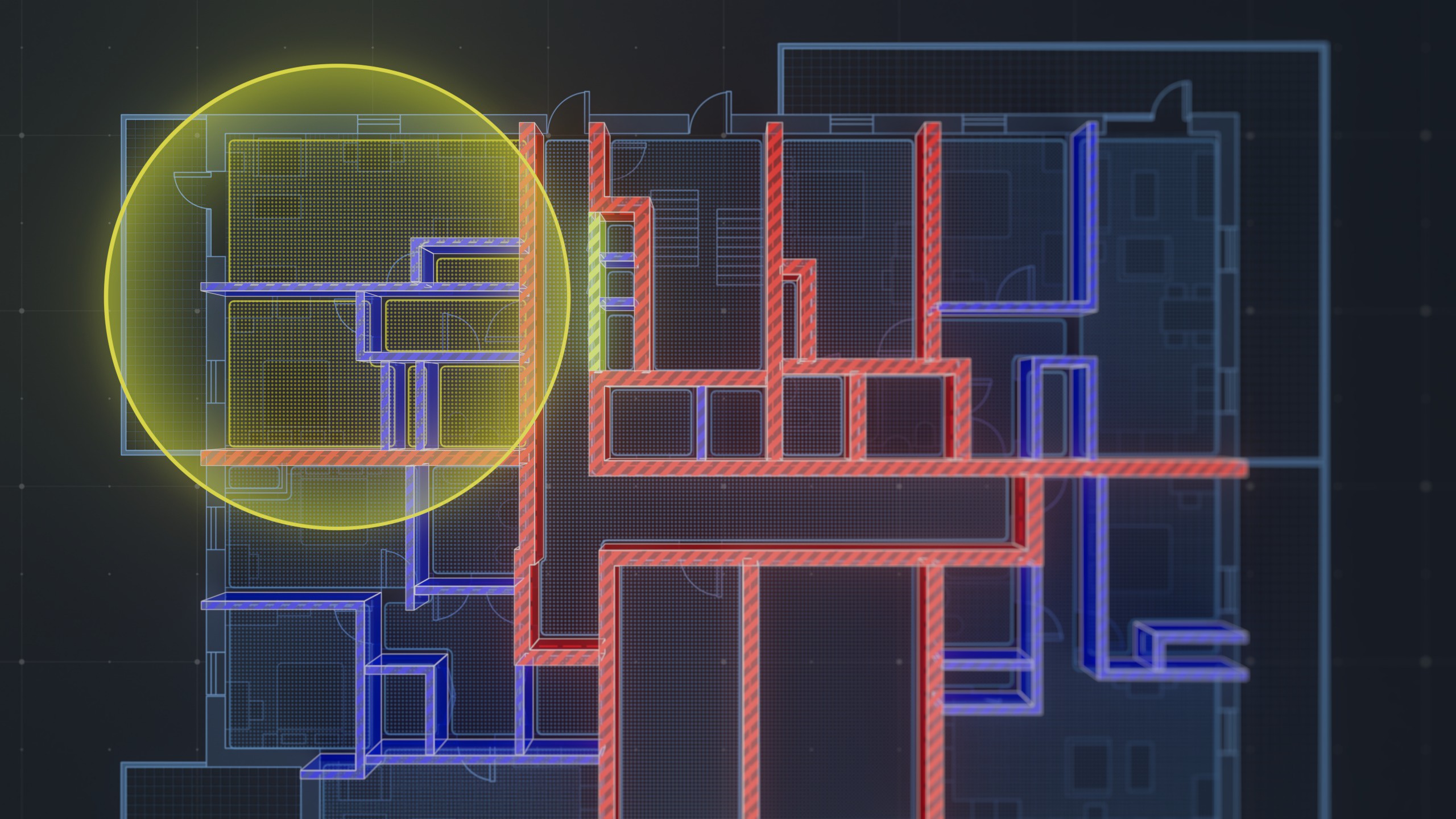Did you know that construction projects around the world often face cost overruns of 10% or more? This staggering statistic underscores one of the major challenges in the construction industry.
At the heart of these cost overruns lies a crucial document: the Bills of Quantities, or BoQs. BoQs are detailed lists of materials, labor, and other costs required for construction projects, serving as the financial backbone of any endeavor.
In recent years, the construction industry has been witnessing a remarkable transformation, thanks to the growing integration of artificial intelligence (AI) technologies. AI is changing the way we create, manage, and analyze BoQs, promising to revolutionize an age-old process.
In this blog post, we'll explore the profound impact of AI on Bills of Quantities, from its basics to real-world applications. We'll delve into the advantages, challenges, and future trends surrounding AI-powered BoQs, giving you a comprehensive understanding of how technology is reshaping the construction landscape. Let's embark on a journey to discover how AI is helping us build smarter and more efficiently.
Key AI technologies in BoQ preparation
Machine Learning
Machine learning is a subset of artificial intelligence that allows systems to learn from data and make predictions or decisions without being explicitly programmed. In BoQ preparation, machine learning algorithms can be trained to recognize patterns in construction data, such as project specifications, drawings, and historical BoQs.
Machine learning algorithms can automate the process of quantity takeoff by identifying and extracting relevant information, such as measurements and descriptions, from project documents.
Examples of ML algorithms used for quantity takeoff:
- Regression algorithms: Used for estimating quantities based on historical project data.
- Classification algorithms: Used for categorizing and labeling items in project documents.
- Neural networks: Deep learning models can be employed for complex pattern recognition tasks.
- Decision trees and random forests: Useful for data-driven decision-making in BoQ preparation.
Natural Language Processing (NLP)
How NLP improves understanding of project documents:
- NLP is a branch of AI that focuses on the interaction between computers and human language. It enables computers to understand, interpret, and generate human-like text. In BoQ preparation, NLP plays a crucial role in understanding and extracting data from unstructured project documents.
- NLP can analyze project specifications, contracts, and other textual data to identify key information relevant to the BoQ, such as item descriptions, quantities, and unit rates.
NLP applications in extracting data from unstructured text:
- Named Entity Recognition (NER): Identifying and categorizing entities like measurements, materials, and units of measurement.
- Sentiment analysis: Evaluating the tone and sentiment of project documents, which can inform decision-making.
- Text summarization: Condensing lengthy project documents into concise summaries for quicker review and analysis.
Computer Vision
Explanation of computer vision technology:
- Computer vision is a field of AI that focuses on enabling computers to interpret and understand visual information from the world, such as images and videos. In BoQ preparation, computer vision is used to interpret construction drawings and images containing valuable data.
- Computer vision algorithms can recognize and extract relevant information from blueprints, diagrams, and photographs.
Utilization of computer vision in interpreting drawings and images:
- Object recognition: Identifying and labeling objects or elements on construction drawings, such as walls, pipes, and electrical outlets.
- Image segmentation: Dividing images into meaningful regions to isolate specific components for measurement.
- Image classification: Categorizing images based on their content, helping in the organization of project data.
Data analytics
The importance of data analytics for pattern recognition:
- Data analytics involves the use of statistical techniques and tools to analyze and interpret data. In BoQ preparation, data analytics is essential for recognizing patterns in historical project data, cost estimates, and risk assessment.
- It enables construction professionals to make data-driven decisions and identify trends that may impact project costs or schedules.
How data analytics aids in cost estimation and risk assessment:
- Predictive analytics: Using historical data and statistical models to predict project costs, potential delays, and budget overruns.
- Data visualization: Representing project data through graphs and charts to facilitate better understanding and decision-making.
- Risk assessment: Identifying potential risks and uncertainties in project data and assessing their potential impact on the BoQ and project outcomes.
By leveraging these AI technologies, construction professionals can streamline BoQ preparation, enhance accuracy, and make more informed decisions, ultimately improving the overall efficiency and success of construction projects.
Understanding Bills of Quantities (BoQs)
Bills of Quantities, often abbreviated as BoQs, are fundamental documents in the construction industry. They serve as detailed, itemized lists that specify all the materials, labor, equipment, and other resources required to complete a construction project. BoQs are crucial for several reasons:
- Cost Estimation: BoQs are the foundation for accurate cost estimation. They break down the project into quantifiable units, making it easier to calculate expenses.
- Tendering and Procurement: Contractors use BoQs to prepare bids for construction projects. Clients use them to evaluate and compare bids, ensuring a fair and transparent selection process.
- Project Management: During the construction phase, BoQs guide project managers in resource allocation, progress tracking, and budget management.
- Variations and Claims: BoQs provide a reference point for handling variations (changes to the project scope) and resolving claims between parties involved in the project.
Traditionally, creating Bills of Quantities involved a labor-intensive and time-consuming manual process. Here's an overview of the steps:
- Takeoff: Quantity surveyors would review project plans, drawings, and specifications to identify the various components and materials needed.
- Measurement: They would then manually measure and quantify each element, using established measurement standards and guidelines. This process required a deep understanding of construction materials and practices.
- Pricing: After quantification, surveyors would assign prices to each item. This often involved consulting price books, catalogs, and industry databases to determine current market rates.
- Calculation: With quantities and prices in hand, surveyors would perform the calculations to arrive at the total cost for each item and the overall project cost.
- Documentation: The finalized BoQ would be compiled into a structured document, typically organized by trade (e.g., masonry, plumbing) and subdivided into sections for clarity.
- Manual Updates: Any changes to the project scope or market prices would require manual updates to the BoQ, which could be a time-consuming process.
This manual approach was prone to errors, time inefficiencies, and limited flexibility in adapting to project changes. However, with the advent of artificial intelligence, the landscape of Bills of Quantities is undergoing a significant transformation, addressing these longstanding challenges.
The Role of AI in Construction
The construction industry is undergoing a profound transformation, and at the heart of this revolution is the integration of artificial intelligence (AI) into various aspects of the construction process. AI is not only reshaping the way we design and manage construction projects but also streamlining the critical task of creating Bills of Quantities (BoQs).
AI is rapidly gaining traction in the construction sector due to its ability to address long-standing challenges and improve efficiency. One of the prominent players in this AI-driven transformation is Kreo Software.
Kreo Software is an innovative AI-powered construction takeoff and estimating platform that is making waves in the industry. It offers a range of features designed to streamline the BoQ creation process and enhance collaboration among construction professionals. Here's an overview of some key features of Kreo Software:
- Automatic Takeoff:
Kreo's AI algorithms can automatically extract relevant data from the drawings. This eliminates the need for manual measurement and quantification, reducing errors and saving valuable time. - Material Identification and Pricing:
The software's AI capabilities extend to identifying construction materials within drawings and associating them with up-to-date pricing information. This ensures accuracy in cost estimation, helping to prevent cost overruns. - Quantity Calculation and Validation:
Kreo Software not only calculates quantities automatically but also validates them against industry standards and best practices. This built-in validation ensures that your BoQs meet the highest quality standards. - Flexible Reporting Tools:
Kreo offers a wide range of reporting tools that allow users to customize and generate detailed reports tailored to their project needs. This flexibility empowers construction professionals to communicate project details effectively. - Cloud-Based Collaboration:
Kreo is a cloud-based platform, enabling seamless collaboration among project stakeholders. Whether you're in the office or on the construction site, you can access and update project data in real-time, fostering better communication and decision-making. - Create-Iterate-Repeat Workflow:
Kreo's workflow encourages a create-iterate-repeat approach, allowing users to continuously refine and improve their BoQs as the project evolves. This iterative process is essential for adapting to changing project requirements and ensuring cost control.
In a field where precision, collaboration, and cost control are paramount, Kreo Software's AI capabilities are a game-changer. By automating complex and time-consuming tasks, it empowers construction professionals to focus on higher-value activities, make informed decisions, and deliver projects on time and within budget.
In conclusion, Kreo Software exemplifies the growing role of AI in the construction industry, particularly in the realm of Bills of Quantities. Its innovative features streamline the BoQ creation process, enhance accuracy, and foster collaboration, making it an invaluable tool for modern construction professionals. As the construction industry continues to embrace AI, platforms like Kreo are at the forefront of shaping a more efficient and productive future for construction projects.
Conclusion
Looking ahead, the future of BoQ preparation with AI is promising. Emerging trends and innovations continue to enhance the capabilities of AI systems, and the integration of AI into the construction industry is becoming more prevalent. While this transformation is reshaping the industry, it also raises questions about the evolving role of the workforce and the need for ongoing learning and adaptation.




.png)